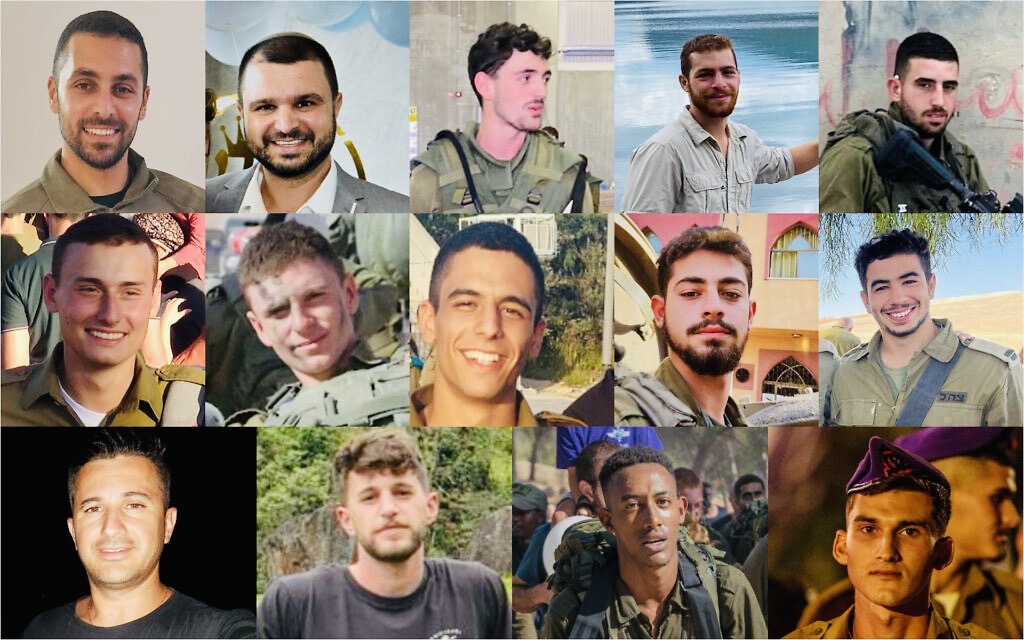No one should be blinded by the illusion that the Israel-Hamas war in the Gaza Strip can be wound up soon. If anything, it will be a long and bitter struggle.
U.S. officials from Secretary of Defence Lloyd Austin to President Joe Biden’s national security advisor, Jake Sullivan, have urged Israel to complete the main bulk of the fighting by January and then segue to a more low-intensity campaign to eradicate Hamas and remove it from power once and for all.
These suggestions, however well-meant, are detached from reality on the ground and have basically been ignored by the Israeli government. In the past two weeks, the Israel Defence Force has instead intensified its campaign in Gaza, focusing its attention in the north on Gaza City, in the center on Palestinian refugee camps, and in the south in and around Khan Younis.

Since the eruption of hostilities on October 7, when some 3,000 Hamas terrorists stormed into southern Israel, killing 1,200 Israelis and foreigners and abducting 240 hostages in a massive attack that surprised Israel, the IDF has been at war.

Israel conducted a ferocious three-week air campaign in Gaza before launching a ground invasion on October 27.
During this period, the IDF has been embroiled in battles with Hezbollah — Hamas’ ally and Iran’s proxy — along the Lebanese border and has clashed with armed Palestinian gunmen in West Bank refugee camps. In addition, the Israeli Air Force has downed Houthi missiles and drones from Yemen and bombed Iran’s military sites in Syria. On December 25, an Israeli strike in Damascus killed an Iranian brigadier-general, Razi Mousavi, who coordinated Iran’s military alliance with Syria and supervised the shipment of arms to Hezbollah.

In plain language, Israel is fighting on several fronts, though it continues to be laser-focused on Gaza.
The IDF has reportedly killed 7,000 Hamas fighters as well as some of its top commanders, ranging from Ahmed al-Ghandoor, who directed operations in northern Gaza, to Rawhi Mushtaha, who was apparently close to Yahya Sinwar, Hamas’ political leader in Gaza.
In addition, Israel has killed 1,000 Hamas terrorists who attacked kibbutzim and army bases on October 7.
As of December 27, 164 Israeli troops have been killed. This compares with the 66 soldiers who fell during Israel’s limited incursion into Gaza in 2014. Another nine soldiers have died in clashes with Hezbollah. More than 400 soldiers were killed on October 7.
Although the IDF has degraded Hamas’ military capabilities significantly, much more work remains to be done. Hamas is still standing, putting up fierce resistance and surprising Israel with ambushes and booby traps and firing rockets at Israeli towns and cities.
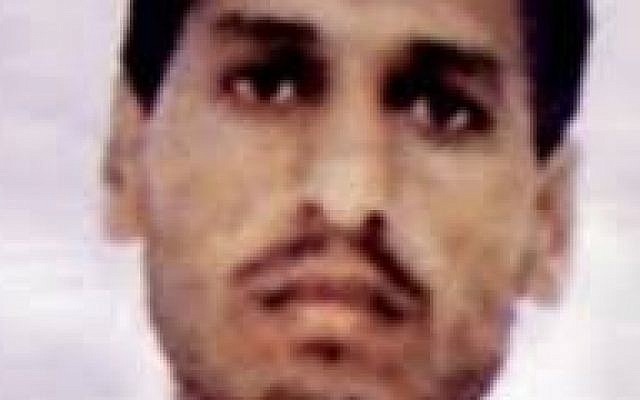
And Israel has failed to kill Hamas’ supreme leaders, notably Mohammed Dief, the head of its armed wing, known as the Qassem Brigades. They are holed up in a maze of tunnels, hundreds of which have been destroyed by Israel in recent weeks.
On December 21, Israel announced the demolition of a major tunnel beneath Gaza City’s Palestine Square, which apparently led to the offices and homes of senior level Hamas figures. They had plenty of time to escape through the intricate tunnel system, which supposedly extends for hundreds of kilometres.

Israel’s chief of staff General Herzi Halevi said yesterday that, while the IDF has achieved operational control of northern Gaza, it recognizes that Hamas forces are fighting back hard.
Nor, as in the previous Gaza wars, has the IDF succeeded in suppressing rocket attacks. So far, the Palestinians have fired more than 10,600 rockets at Israel, though the vast majority have been intercepted by Iron Dome batteries or landed harmlessly in open fields. Nonetheless, 19 Israelis have been killed by rocket fire.
On December 25, Sinwar declared that Hamas will never surrender, though he acknowledged that it is enmeshed in a “fierce, violent and unprecedented battle.” Sinwar recently rejected an Egyptian proposal under which hostages and prisoners would be exchanged and Hamas would relinquish partial control of Gaza in return for a permanent ceasefire.
According to Halevi, the IDF intends to seize control of southern Gaza, where Khan Younis is located, and launch an offensive in central Gaza, the site of three Palestinian refugee camps — Nuseirat, Magahzi and Bureij.
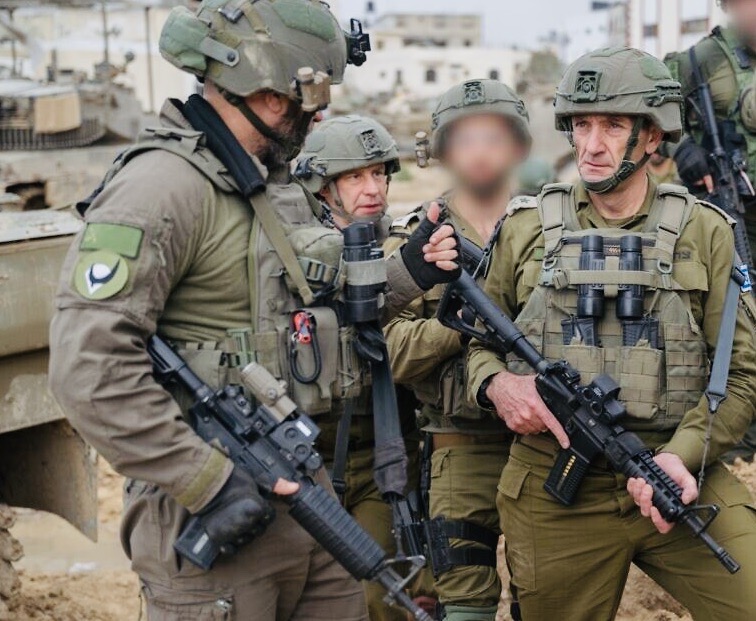
The IDF, in the near future, will most probably establish a defensive line along the Philadelphi corridor, which is near Rafah and runs along Gaza’s southern border with Egypt.
Given the challenges that still confront Israel, Halevi warned that the war will not end any time soon.
As he put it yesterday, “This war has necessary and not easy goals to achieve, and it takes place in complex territory. That’s why the war will continue for many more months, and we will work with different methods, so that the achievement will be maintained for a long time. There are no magic solutions, no shortcuts in the thorough dismantling of a terror organization, but stubborn and determined fighting. And we are very, very determined.
“We assessed from the start that it would take many months, and we believe that our assessments are accurate. Therefore, the time scale will be lengthy. At the end, will we be able to say ‘There are no more enemies around Israel?’ I think that’s too ambitious. But we will bring about a different security situation, and as much stability as we can.”
Speaking in the same vein, Defence Minister Yoav Gallant said yesterday, “This is a long, tough war. It has costs, heavy costs, but its justification is the highest that can be.”
Gallant noted that Israel faces enemies on seven fronts — Gaza, Lebanon, Syria, the West Bank, Yemen, Iraq and Iran. He vowed to carry on, whether “it takes months or years.”
Israeli Prime Minister Benjamin Netanyahu warned that this will be a lengthy war, and “is not close to ending.”
In a piece in the Wall Street Journal published on December 26, he outlined Israel’s objectives: “Hamas must be destroyed, Gaza must be demilitarized, and Palestinian society must be deradicalized.”
Once these goals are achieved, Gaza can be rebuilt and “the prospect of a broader peace in the Middle East will become a reality.”
Placing himself at odds with the United States, he asserted that the Palestinian Authority is unfit to govern Gaza. “The expectation that the Palestinian Authority will demilitarize Gaza is a pipe dream,” Netanyahu wrote.
He did mention the prospect of a two-state solution, which the Biden administration has consistently advocated.
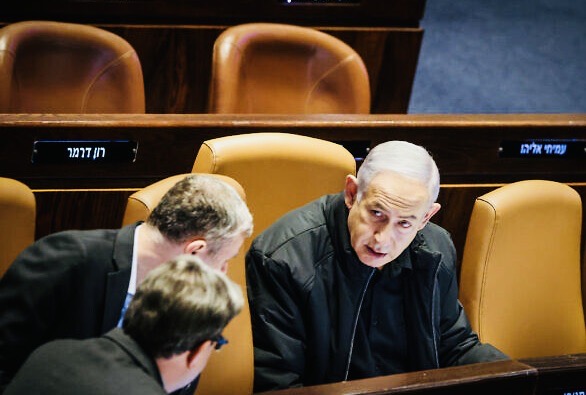
Several days ago, Netanyahu outlined his definitive view of the war, and his office released this statement:
“As of today, our forces have eliminated many thousands of terrorists. We are continuing with full force, until the end, until victory, until we achieve all of our goals: The destruction of Hamas, the return of our hostages and ensuring that Gaza will never again constitute a threat to the State of Israel.
“Last night, I spoke again with President Biden. I appreciate the steadfast U.S. position, which supports our war effort … I told President Biden that we will fight until absolute victory — however long that takes. The U.S. understands this.
“I have seen erroneous reports to the effect that the U.S. prevented, and is preventing, us from operational actions in the region. This is incorrect. Israel is a sovereign state. Our decisions in the war are based on our operational considerations … They are not dictated by external pressure. The decision on how to use our forces is an independent decision of the IDF and nobody else.
“The goal is to accomplish the mission, all of our missions — especially the elimination of Hamas and the return of our hostages, while also doing everything to safeguard the lives of our soldiers.
“Let it be clear: This will be a long war. We will fight until the end — until the hostages are returned, Hamas is eliminated and we restore security in both the north and the south.”
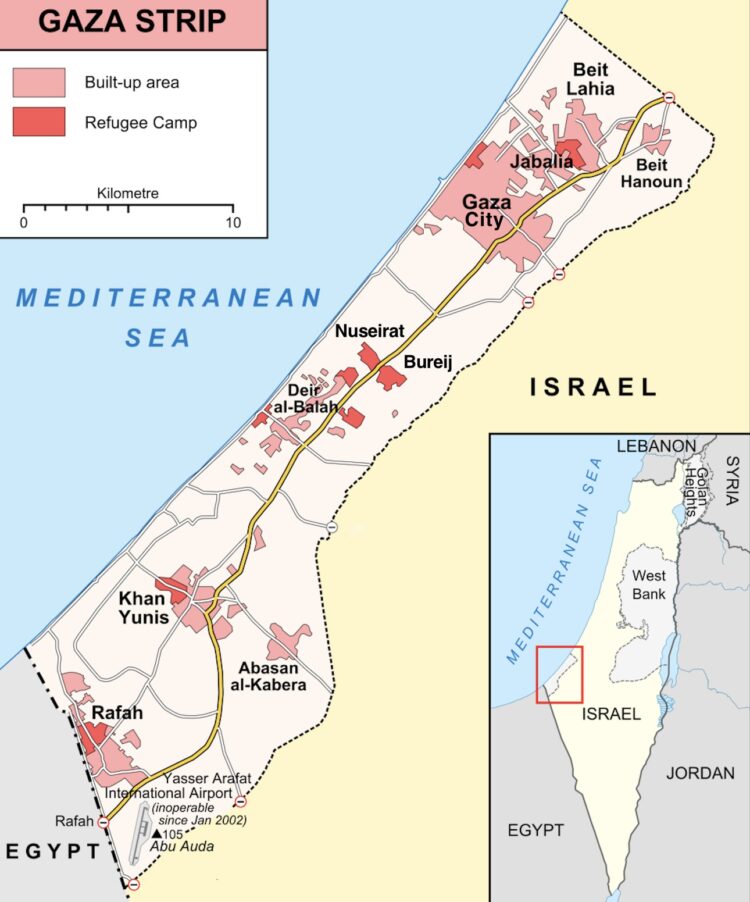
This is a tall order, and it is debatable whether Israel can achieve these essential goals in light of the high civilian death toll in Gaza (21,100 to date), the humanitarian crisis there, and the internal and external pressure to which Israel is being subjected to accept a ceasefire.
But if Israel is to live in peace within its sovereign borders, Hamas, a cancerous abscess, must be excised to ensure that it can never govern Gaza again. That said, it would be folly to think that the rejectionist idea that inspires and keeps Hamas going can be destroyed by military means. Ultimately, only the Palestinians can rid themselves of Hamas.
